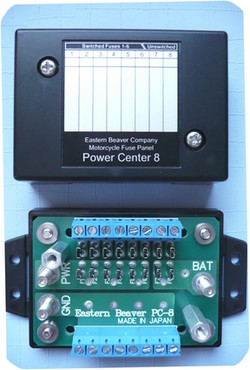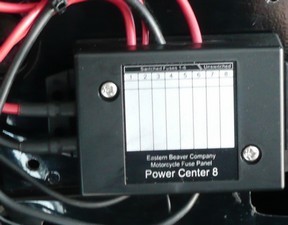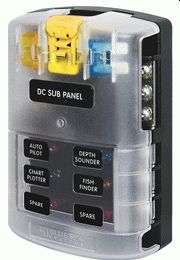I almost forgot about this.
In an earlier post I proclaimed how great it was that H-D dealerships would take a long-distance rider in and do things like oil and tire changes without appointments. And yes, it still is a great accomplishment for most dealerships.
Well, subsequent to the oil change that I received at that dealership in Winchester, Virginia, I happened to have run another 5,000 miles, thus a requirement to change the oil and filter back in August. Lo and behold, the dumbass responsible for doing that oil and filter swap in Winchester managed to completely screw it up.
No, there was plenty of oil in the bag. I checked that out in their parking lot before I pulled out.
Lets make a list.
- After removing the magnetic plug on the oil pan to drain the engine oil, the maintenance tech proceeds to wrap Teflon tape around the threads and re-insert.
The stupidity in this is that there’s an o-ring on the plug to prevent leaks, thus negating the need for any kind of sealant on the threads. Additionally, Teflon tape isn’t a friend of oil, and it will dissolve due to the heat and composition, thereby causing possible blockage of an oil passage. There are proper compounds available to seal such plugs, but obviously the individual wasn’t aware of them, and whether they were needed or not.
- When installing the new oil filter, the filter was torqued on so tight that on removal, the filter was attached to the adapter plug and it came off with the filter. Red Loctite is used from the factory to hold the filter adapter in place, so you can imagine the torque that the tech used to hold the oil filter in place.
I had to use a power bar to remove the oil filter, and as noted, the adapter nut came off with the oil filter. Now, attaching an oil filter is not rocket science. Whether it be car or motorcycle, you screw the new filter on hand tight, then apply a quarter-turn past that. Can someone show me where it says to torque down an oil filter so hard that you need two men and a boy to get it off?
Nope, didn’t think so.
So, while happy with the Winchester dealership’s ability to get me in and out quickly for a basic oil and filter change, I must take exception to the competence – or lack thereof – of their service department’s capabilities. Obviously, competent professional motorcycle technicians aren’t something Winchester H-D is capable of employing.
I thought of sending an email or making a phone call, but do I really care if they screw up their local customers’ motorcycles in their shop? They’re a boutique, after all, and what should one expect from a boutique other than doo-rags, dog leashes, suspenders and fingerless gloves?




 After all that, I’ve decided that I need a
After all that, I’ve decided that I need a  I’ve been an xmradio fan for ages now. As an early adopter I was saddled with one of their old Sony units with it’s tiny display and measly five presets. It was long in the tooth and I wanted an upgrade.
I’ve been an xmradio fan for ages now. As an early adopter I was saddled with one of their old Sony units with it’s tiny display and measly five presets. It was long in the tooth and I wanted an upgrade.